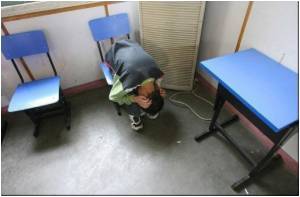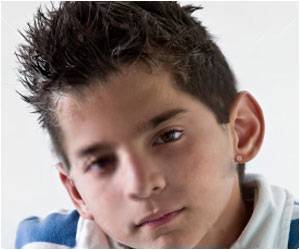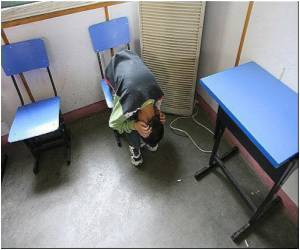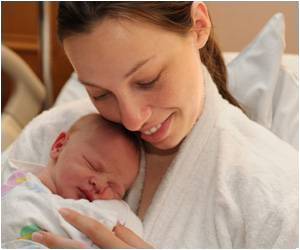Over the past decade, new technologies have revealed that autism spectrum disorder has a substantial genetic component.

Reported in today's on-line issue of Science Translational Medicine, the findings provide further clues in understanding the brain defects that lead to the development of autism, and offer an important tool for future use by scientists and clinicians to test possible drug therapies.
"Up until recently, the cause of autism was a complete mystery," says senior author Matthew P. Anderson, MD, PhD, Director of Neuropathology at BIDMC and Assistant Professor of Pathology at Harvard Medical School. "Today's newer technologies have made it feasible to discover that, at least in a subset of autism patients, there are microscopic deletions or duplications in their DNA. These mice, which carry a triple dose of the Ube3a gene modeling human idic15 [the most frequently identified chromosomal abnormality in patients with autism], showed abnormalities in behavior that are the mouse equivalent of the three cardinal features of autism, providing us with a robust model of disease." Like patients with autism, the mice preferred less social interaction with their peers than did a group of control animals. They also communicated infrequently with other animals. And the stereotyped repetitive behaviors of autism spectrum disorder were mimicked in the mice as evidenced by increased self-grooming.
One in 110 children in the U.S.have autism spectrum disorder. Of this number, approximately one to three percent of all cases have been attributed to mutations in the 11-13 segment on Chromosome 15. The Ube3a gene is one of about 40 genes found in this region, and has been considered a candidate gene for autistic disorders both because of its location and because it has a known association with a developmental disorder known as Angelman Syndrome.
"Autism is defined by behavioral deficits," explains Anderson. "There's no lab test for this condition, so it's been difficult to get a good handle on it. When it was reported that there are duplications [double copy or triple copy] of maternal chromosomal segments from chromosome 15q11-13 segment, we were intrigued." Because extra 15q11-13 copies are inherited from the mother and Ube3a is selectively expressed from the maternally inherited copies in the brain, the investigators hypothesized that Ube3a might be the gene responsible for producing the autism behavioral deficits found in individuals with this cytogenetic change. The authors, therefore, chose to introduce extra copies of the Ube3a gene to create a transgenic mouse model.
The first author in the study, Stephen Smith, PhD, a post-doc in the Anderson lab, tested the hypothesis by conducting a series of sophisticated behavioral tests to assess the three diagnostic behavioral traits of autism in these transgenic mice, including a novel approach to studying the animals' social communications.
Advertisement
Subsequent tests of social interaction showed that in a specially designed three chambered box, control mice chose to explore the chamber that contained another animal, while the Ube3a mice chose an inanimate object. Finally, observations of the animals' grooming behaviors showed that, during a five-minute period, the genetically engineered mice exhibited approximately three times as much grooming as the control mice, a sign of excessive repetitive behavior.
"There should now be hope that sometime in the future, it might be possible to develop new autism treatments using this new mouse model," adds Anderson. "We now know that too much Ube3a is most likely the cause of the behavioral problems and the hope is that in the not-too-distant future, we will also know which defects in the brain are responsible."
Source-Eurekalert












